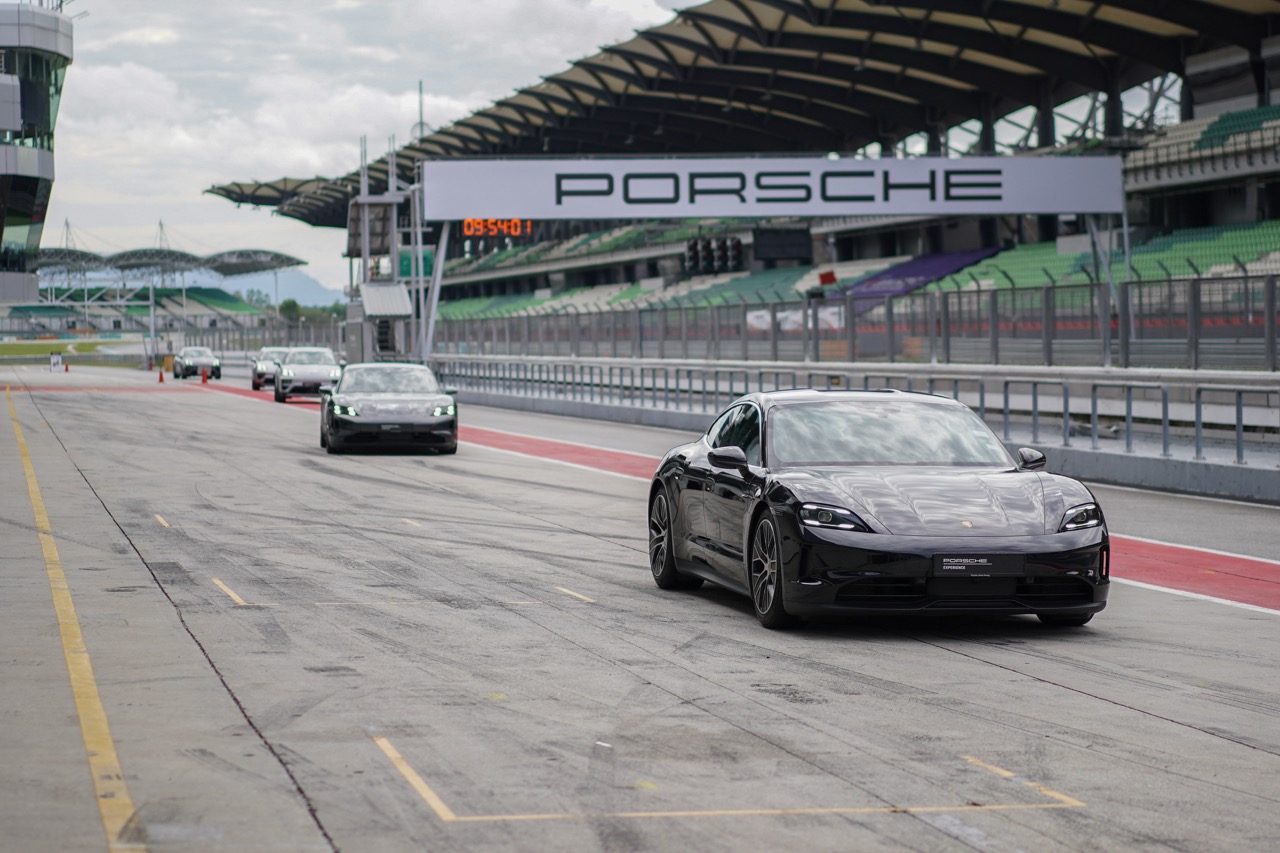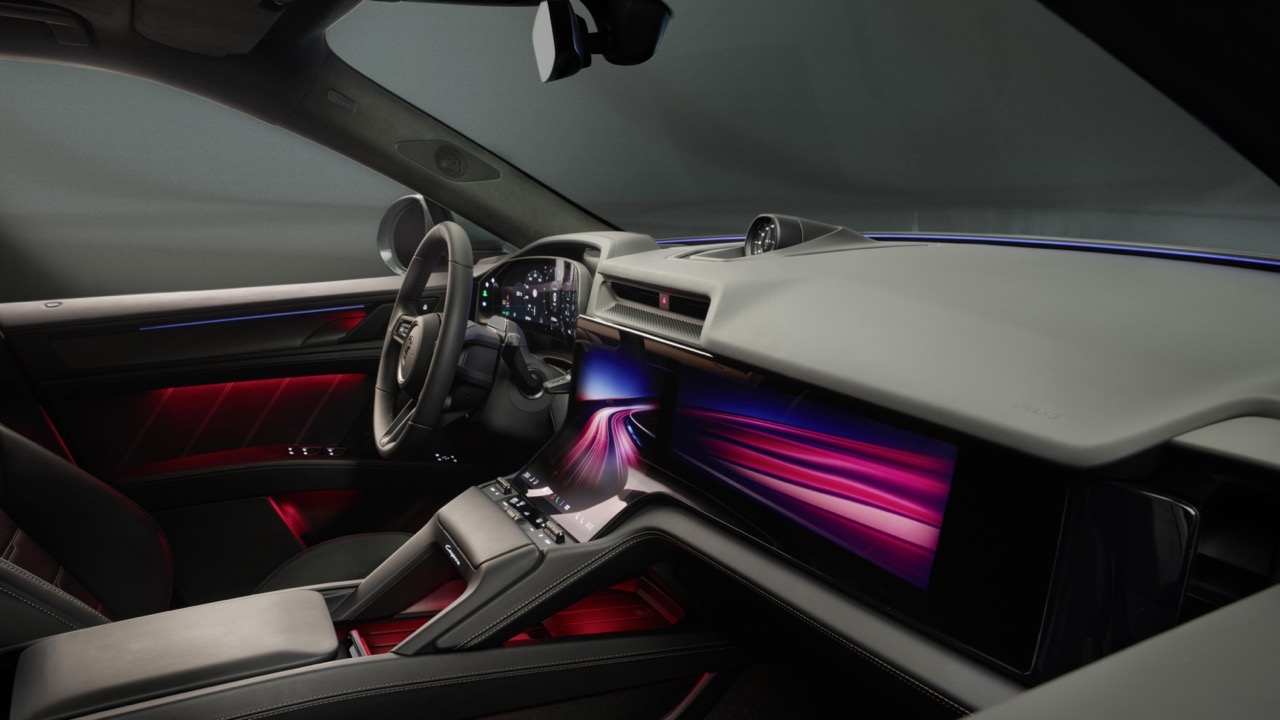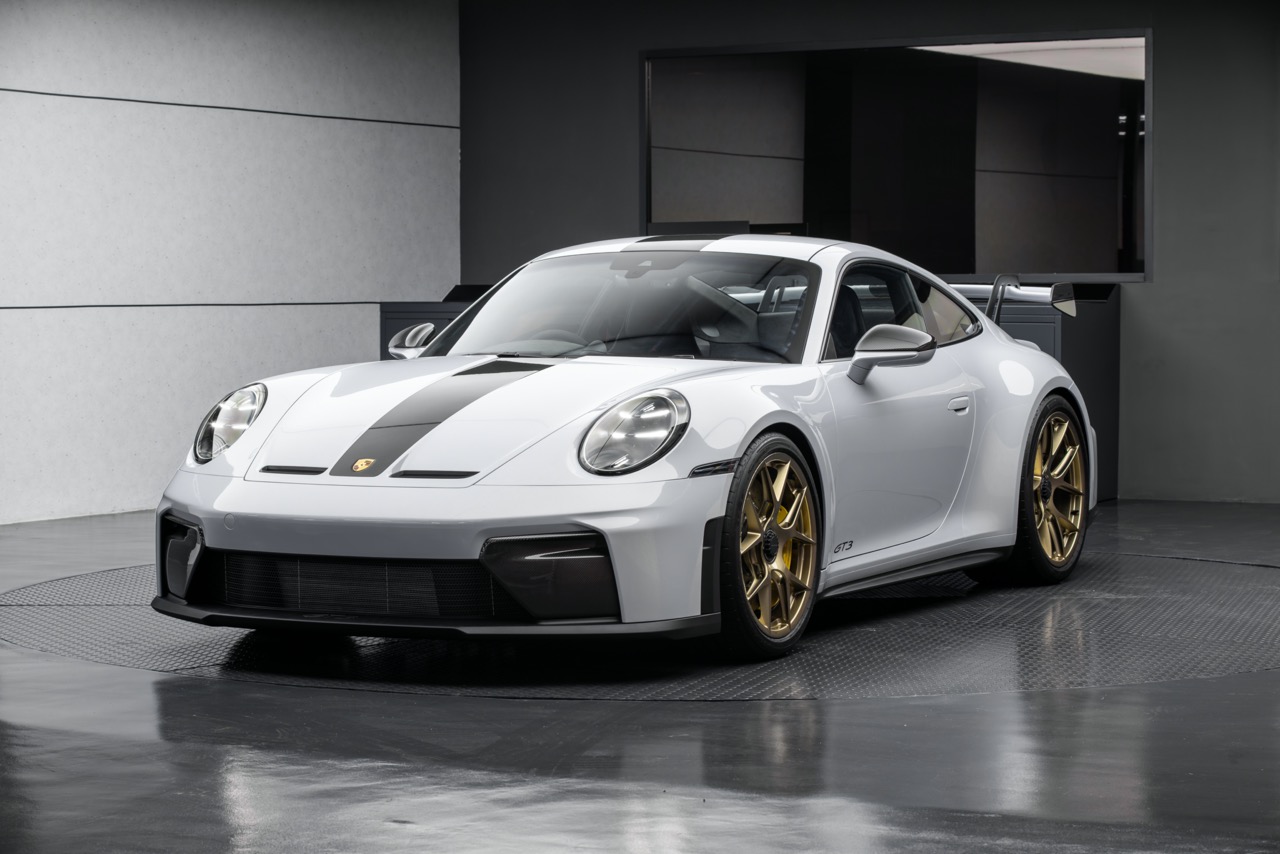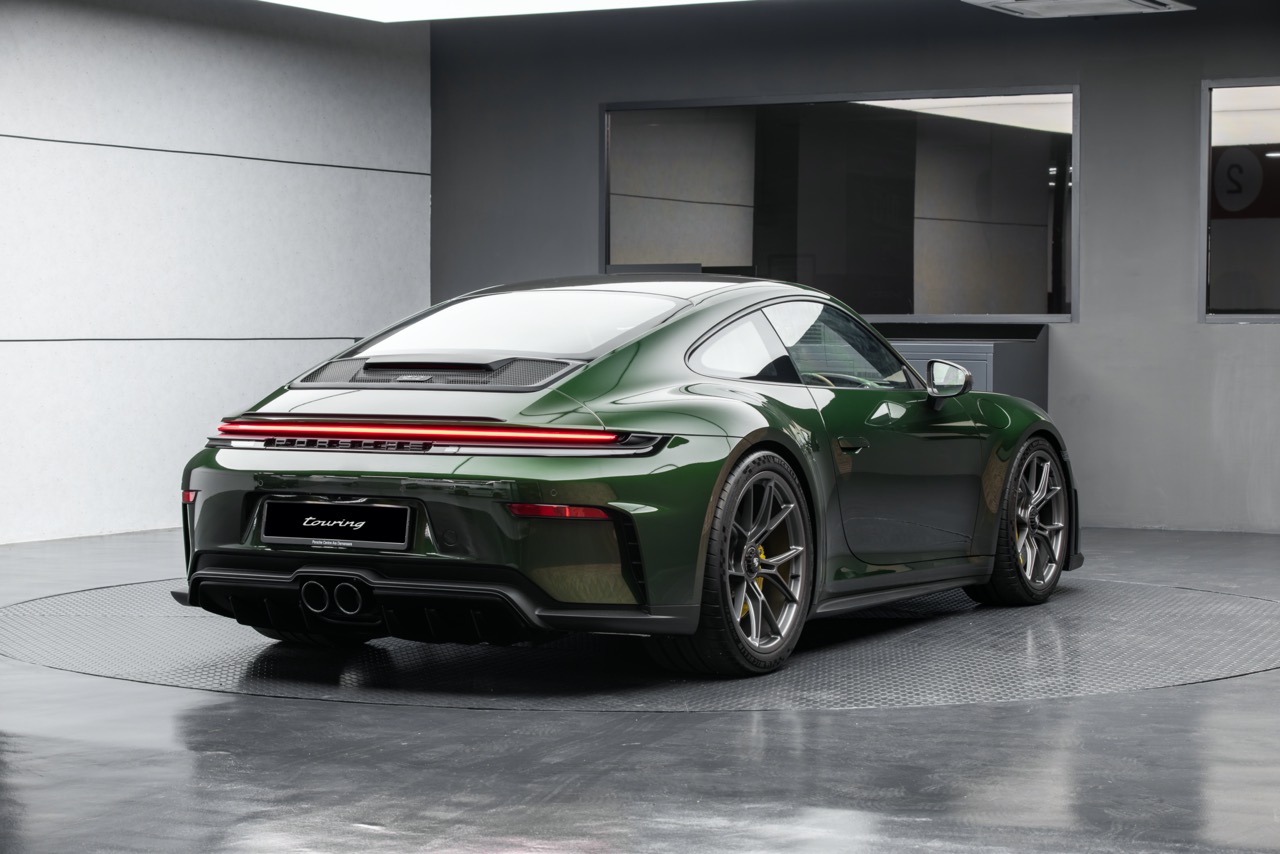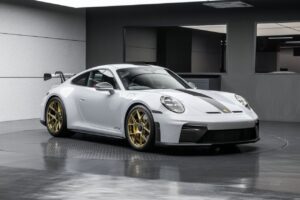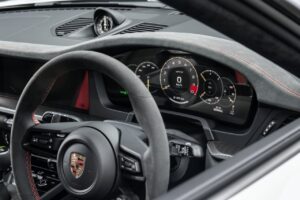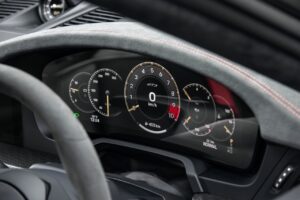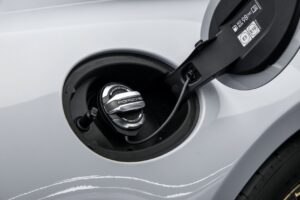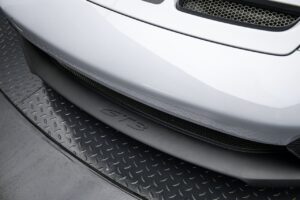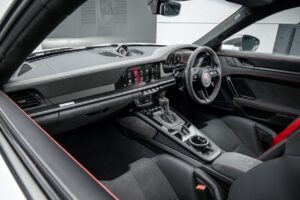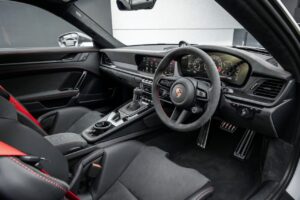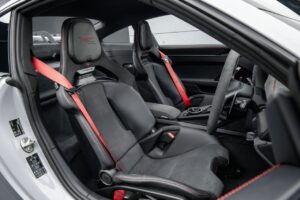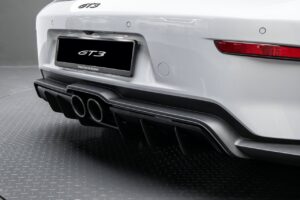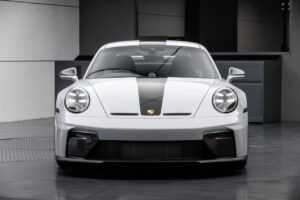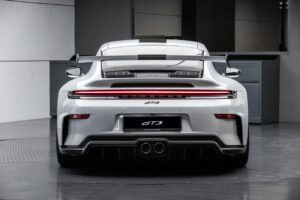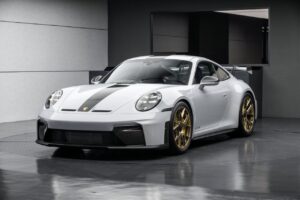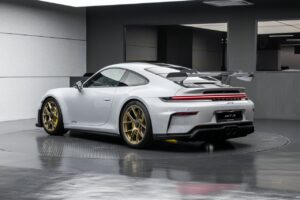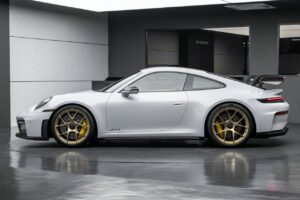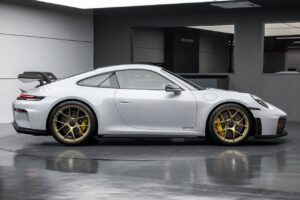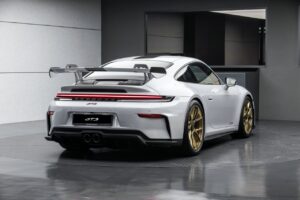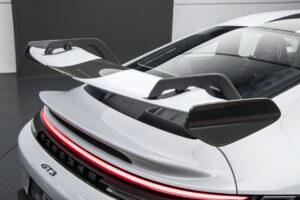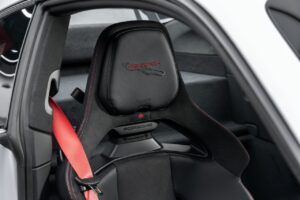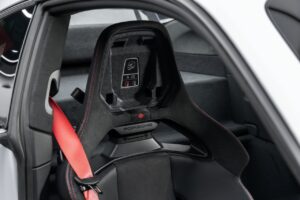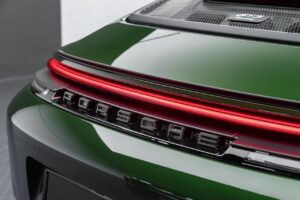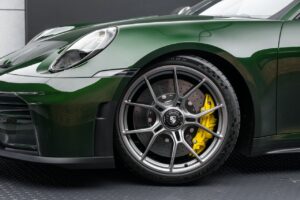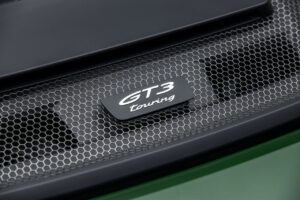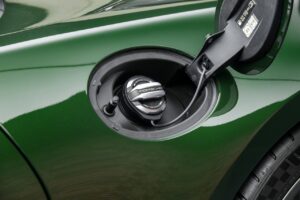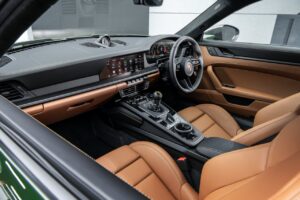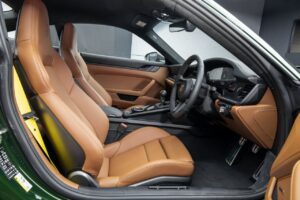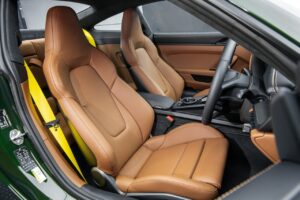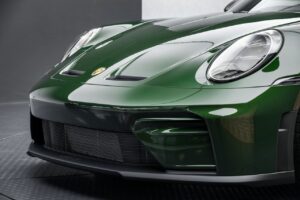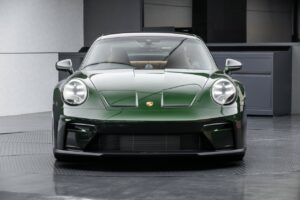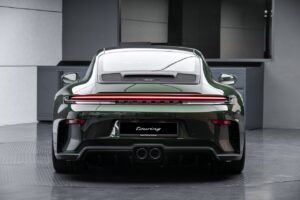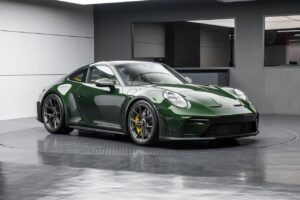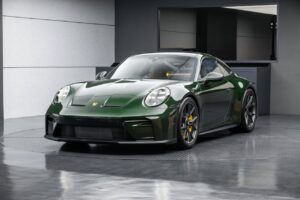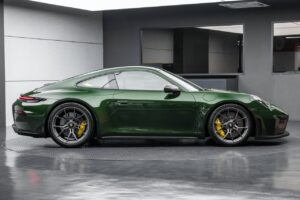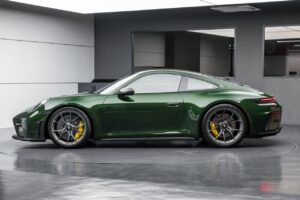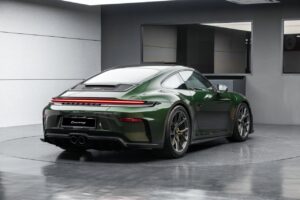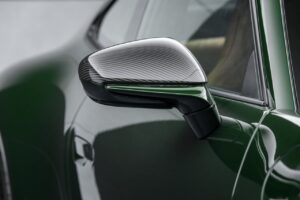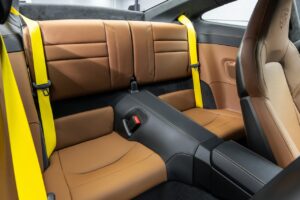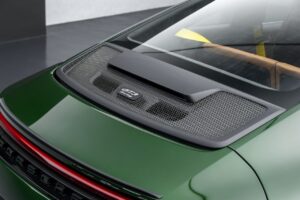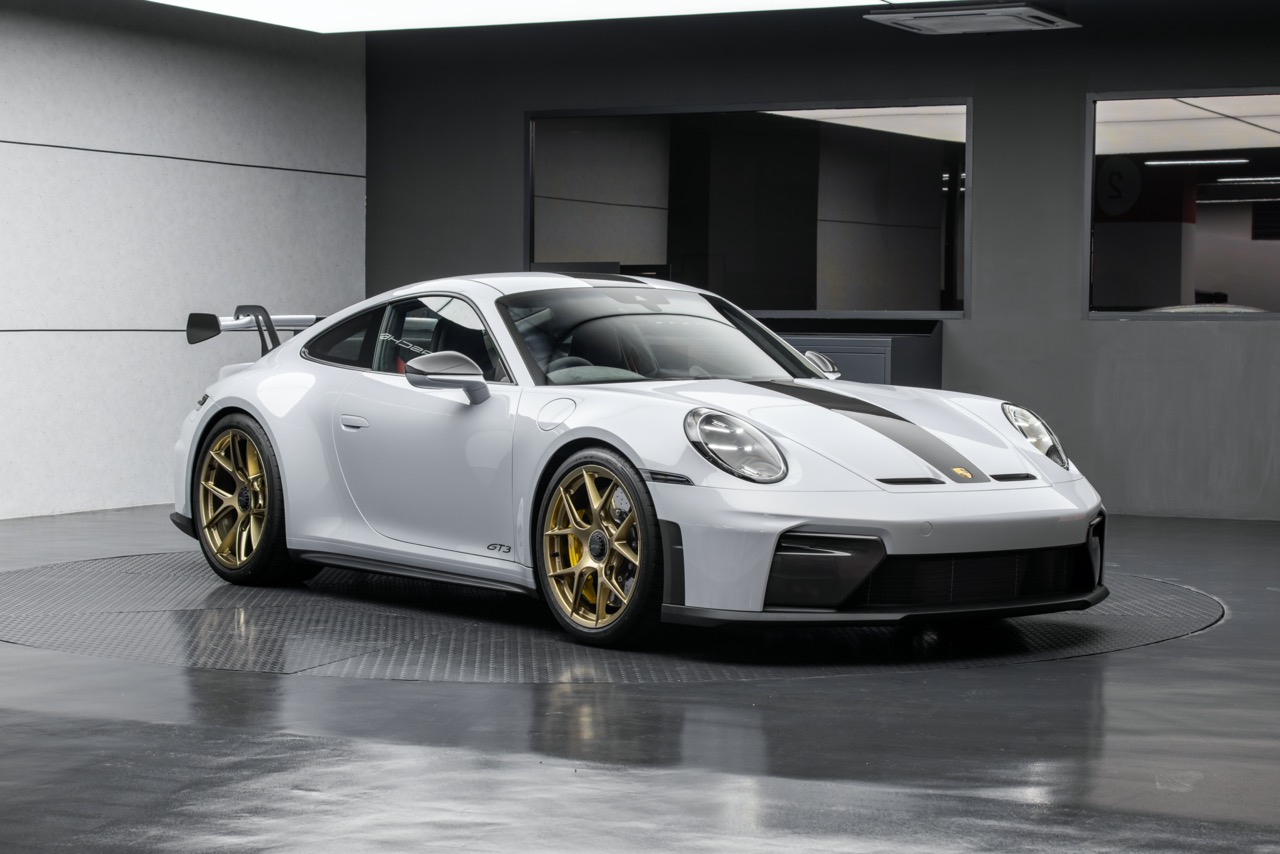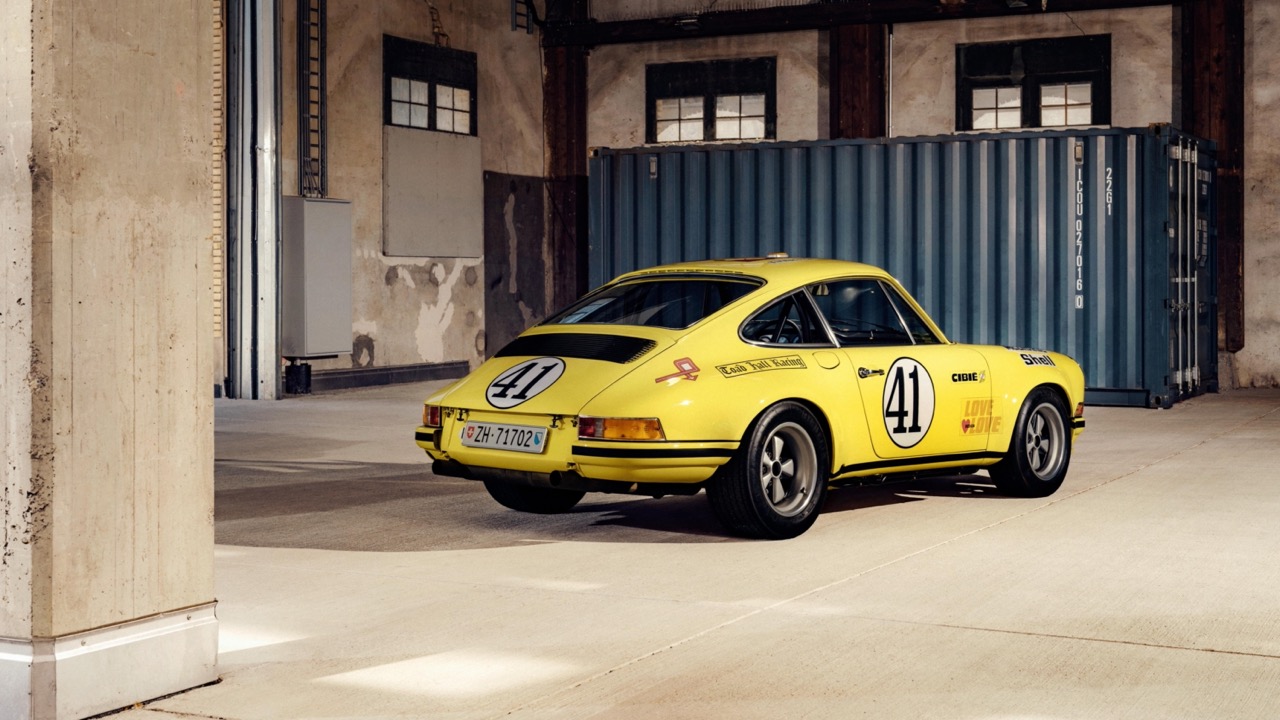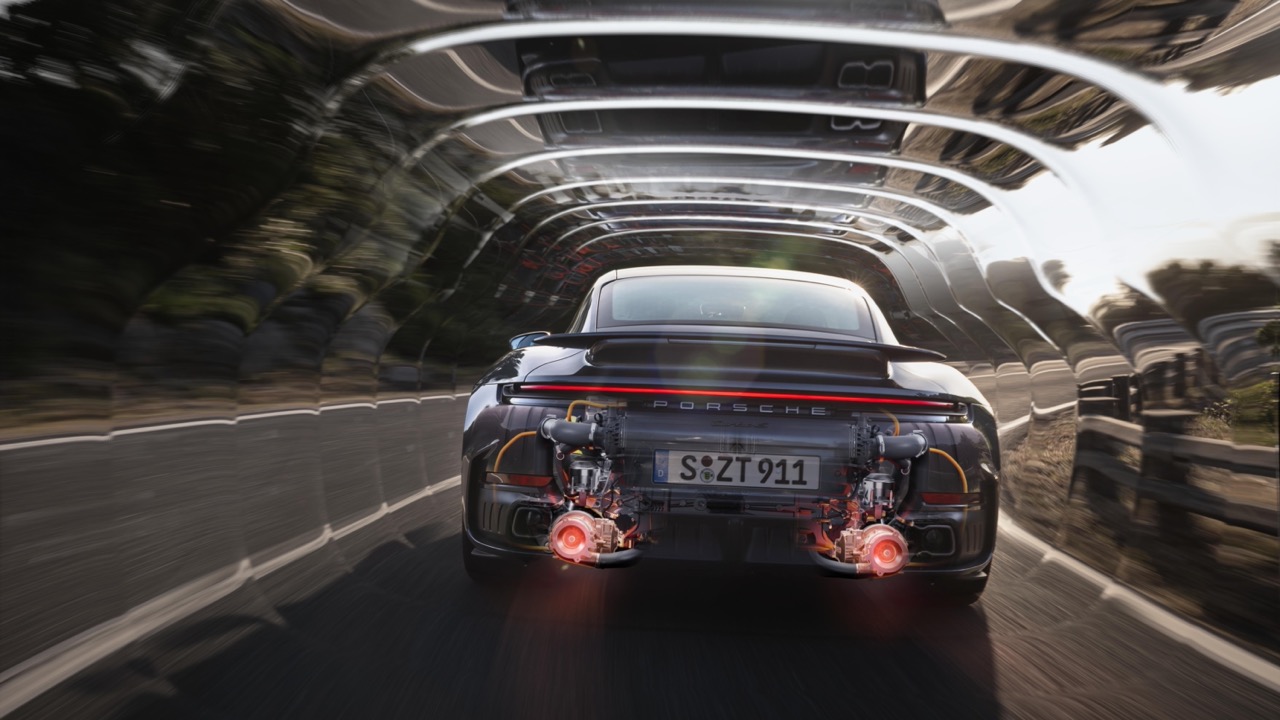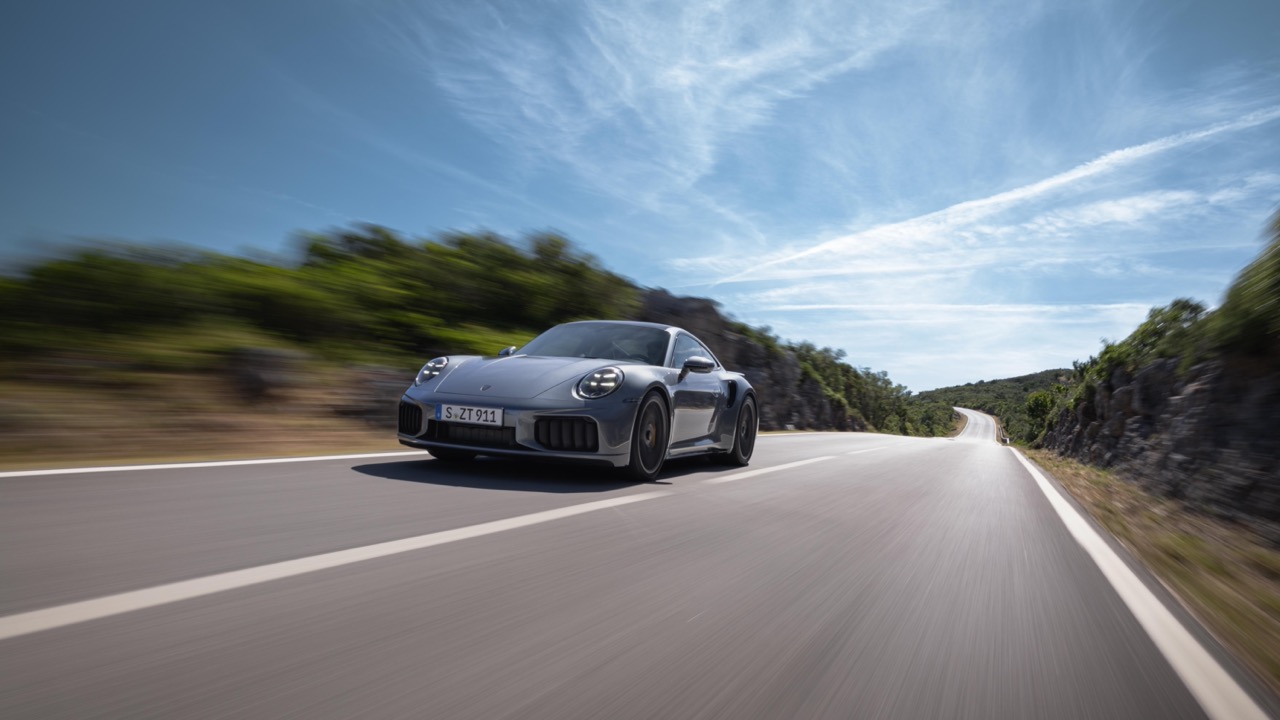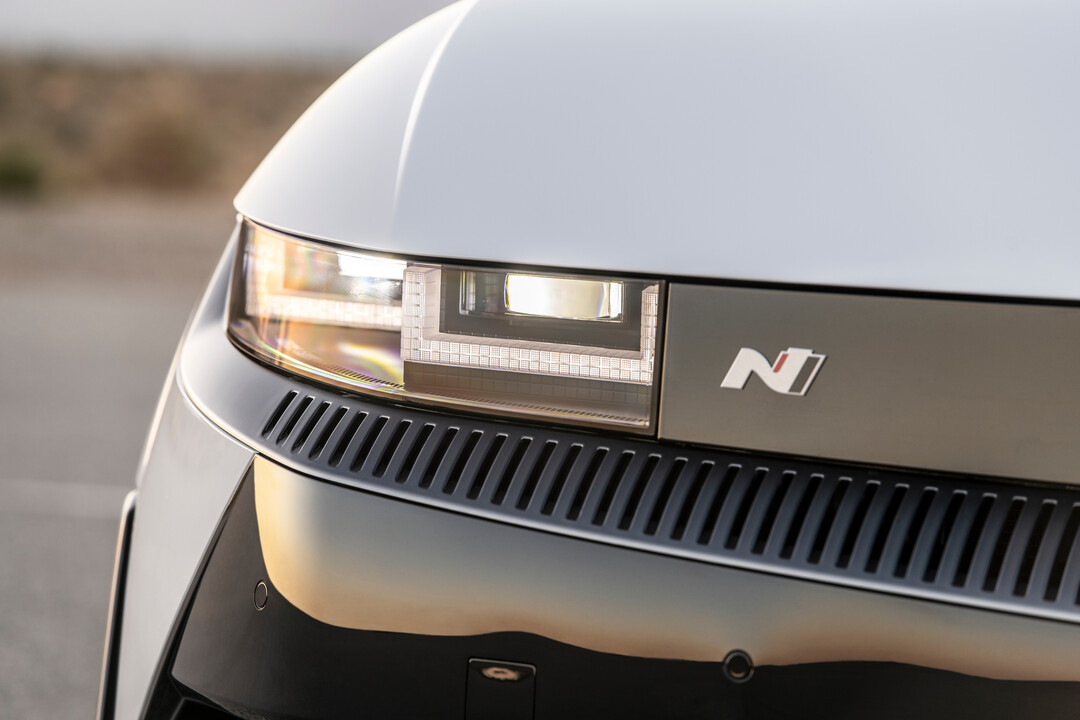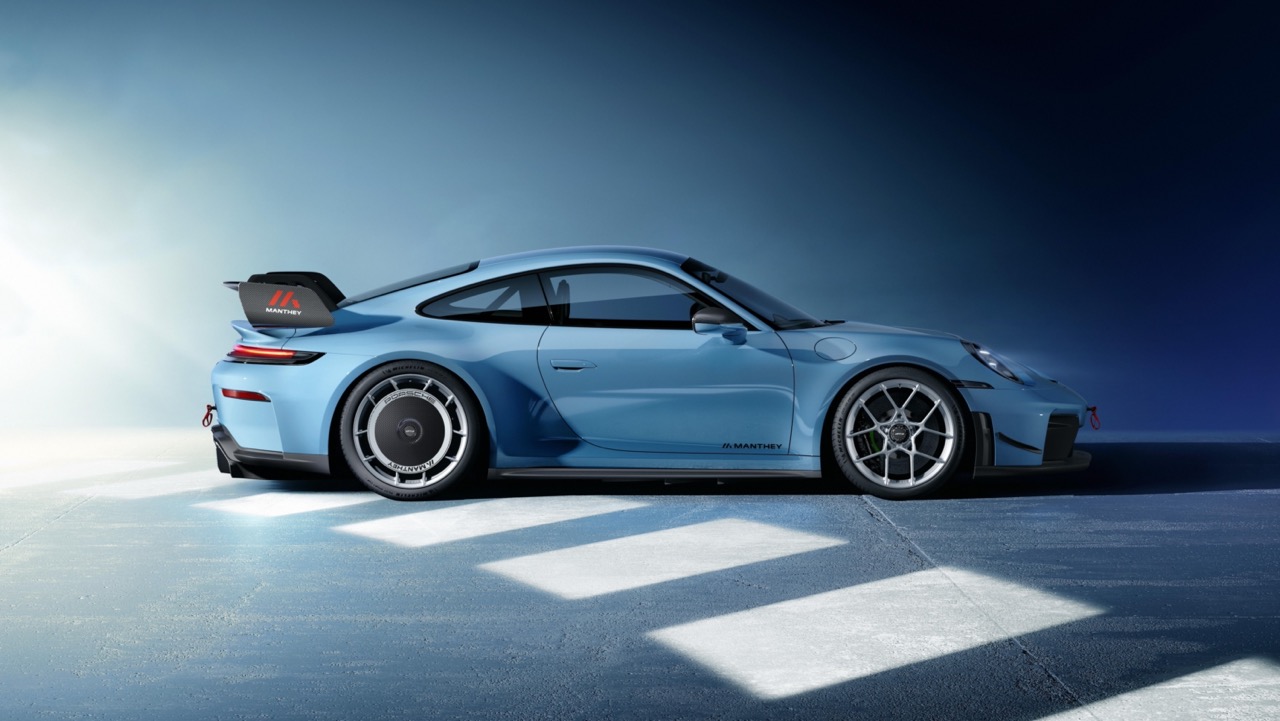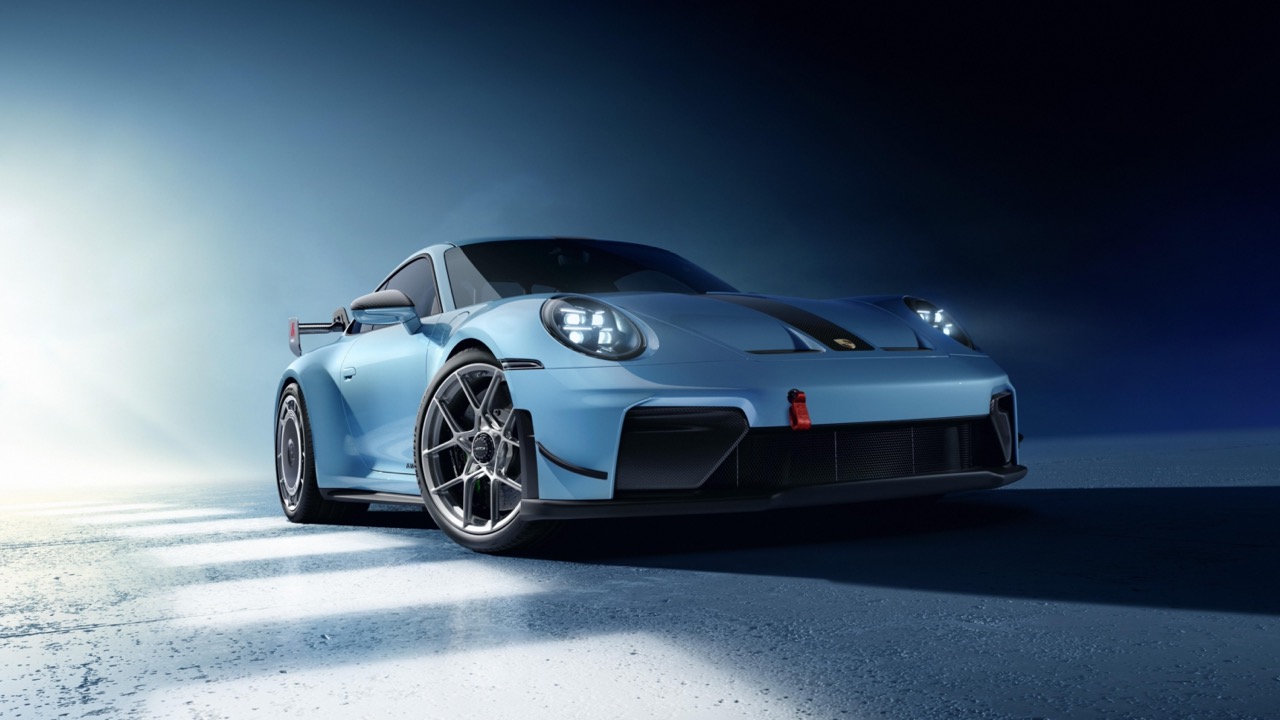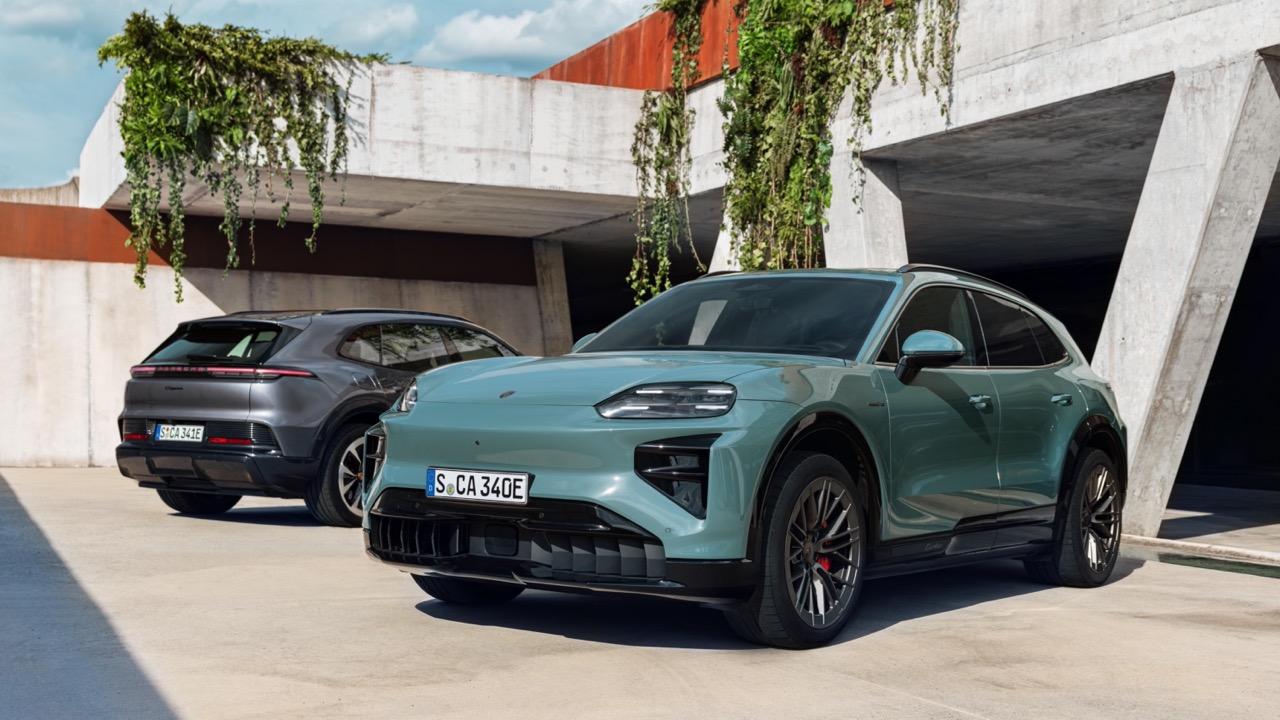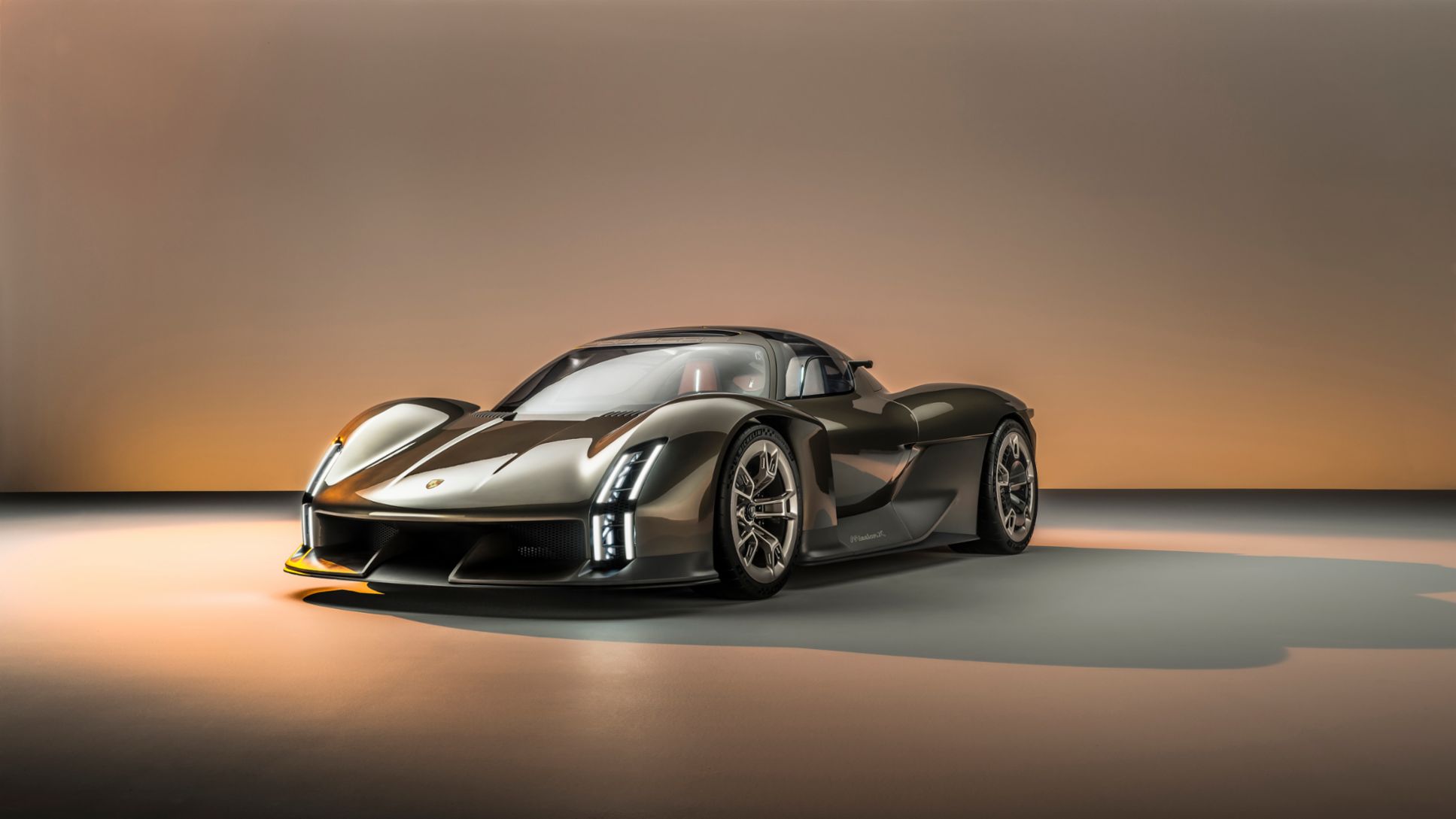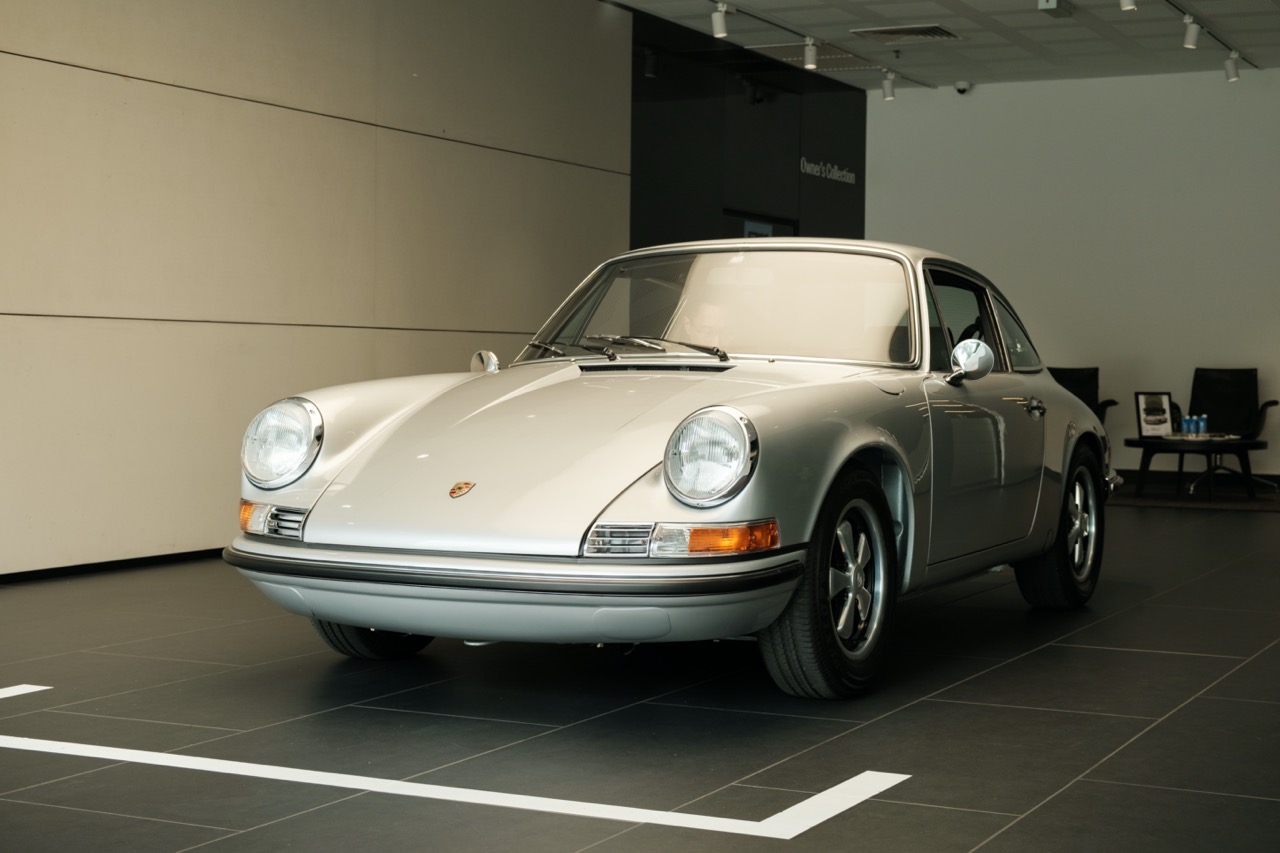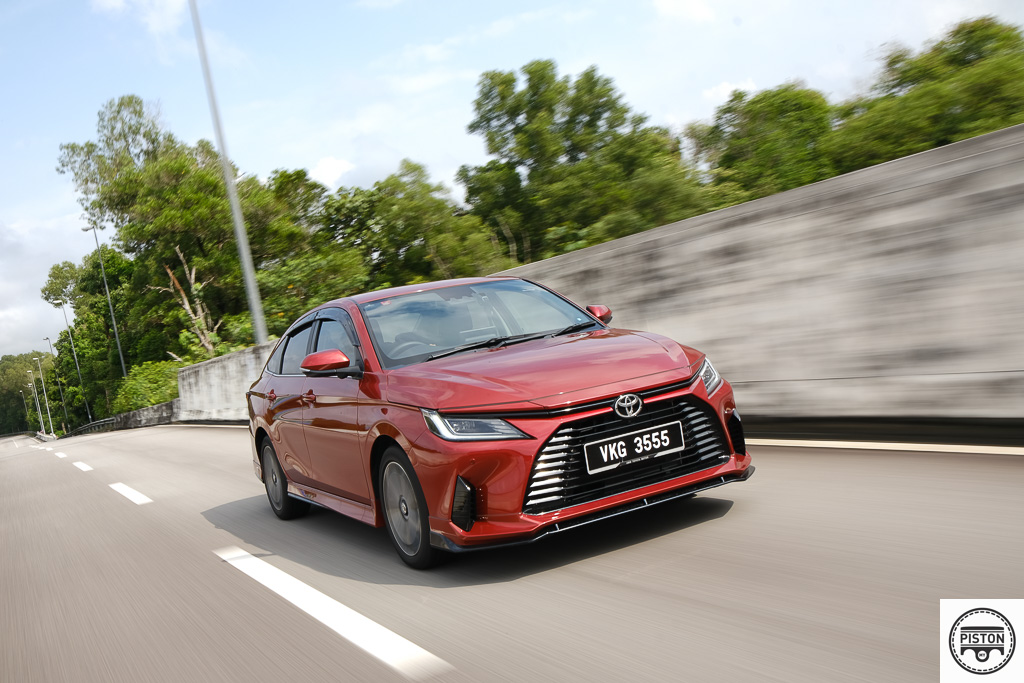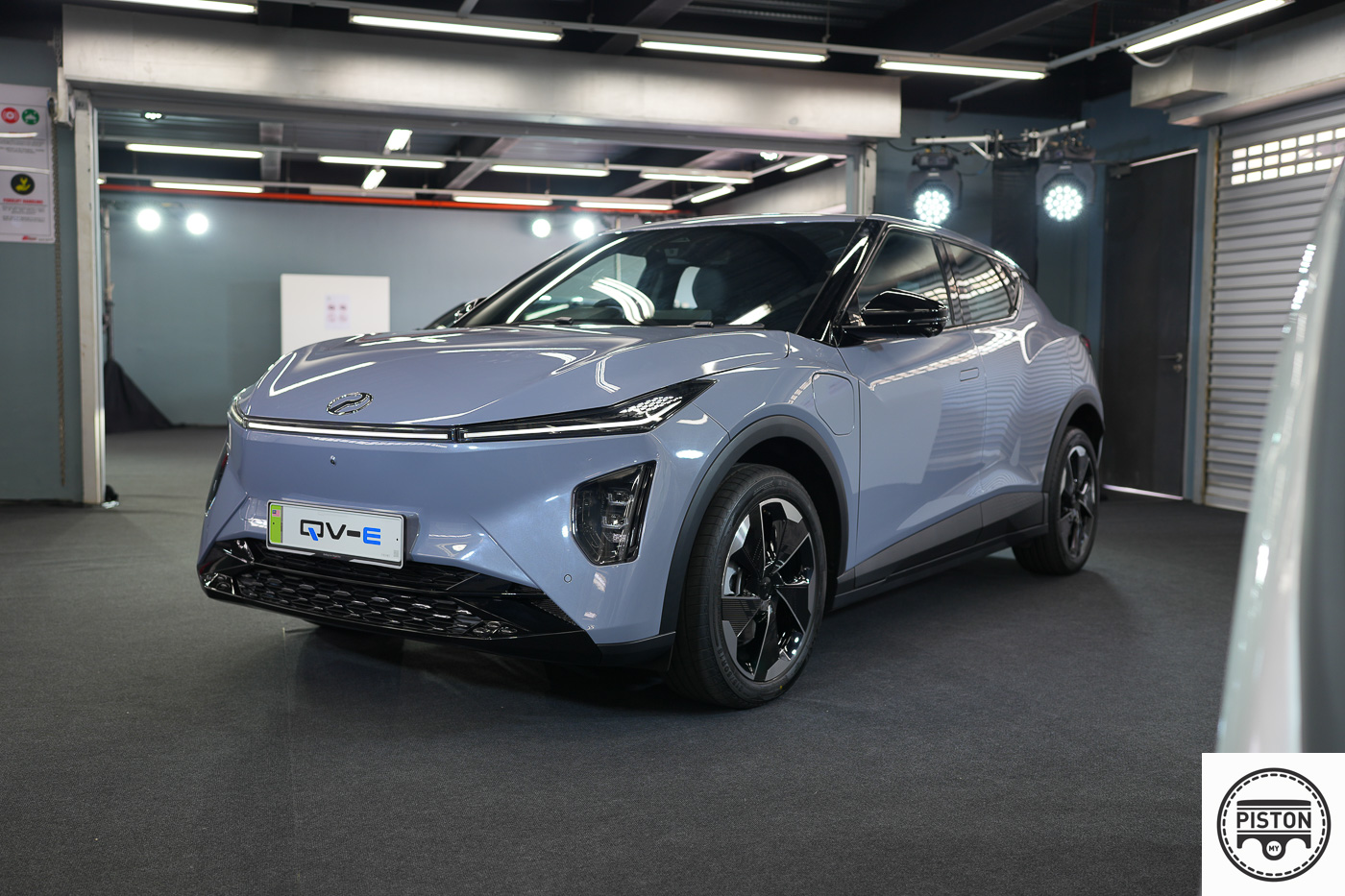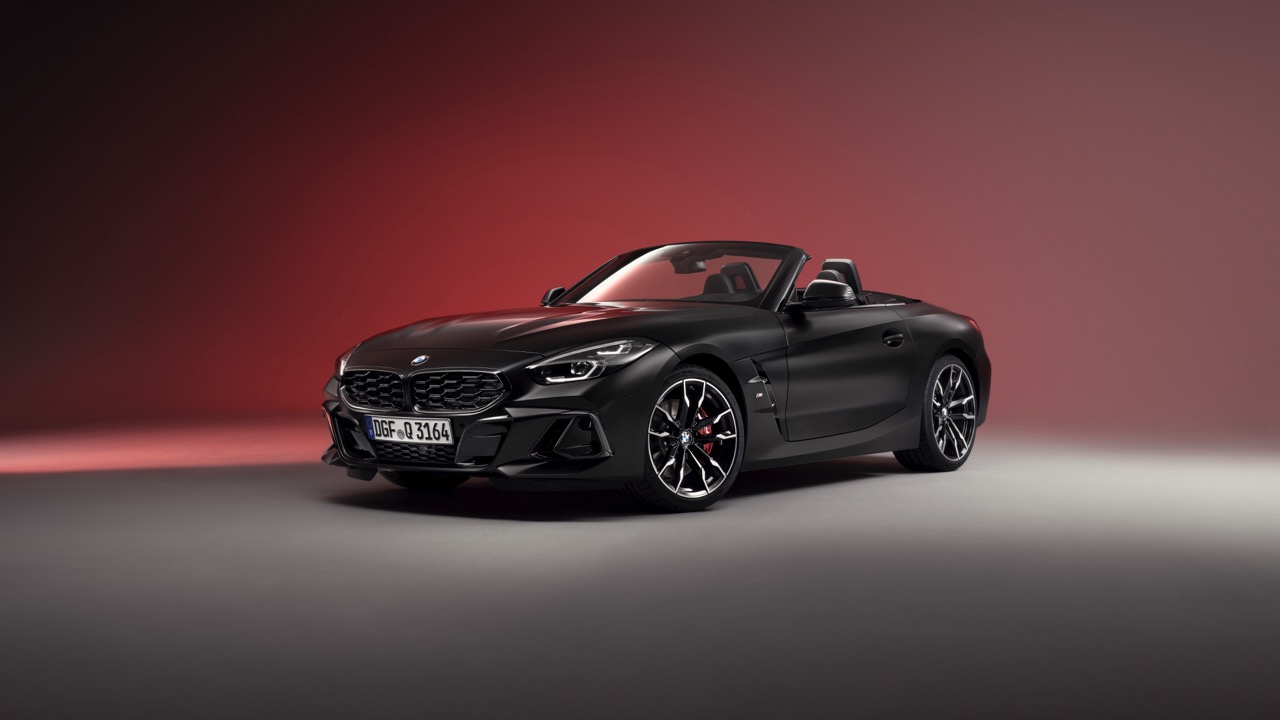Porsche Malaysia, under Sime Darby Auto Performance, has introduced the new 911 GT3 at the PETRONAS Sepang International Circuit.
At the centre of the car is a naturally aspirated 4.0-litre flat-six engine producing 510PS and 450Nm. The engine has been revised with sharper camshafts, new cylinder heads, optimised throttle valves, and updated cooling. It meets stricter emissions standards with the addition of dual particulate filters and four catalytic converters, but still retains the high-revving character and distinctive sound expected from the GT3.
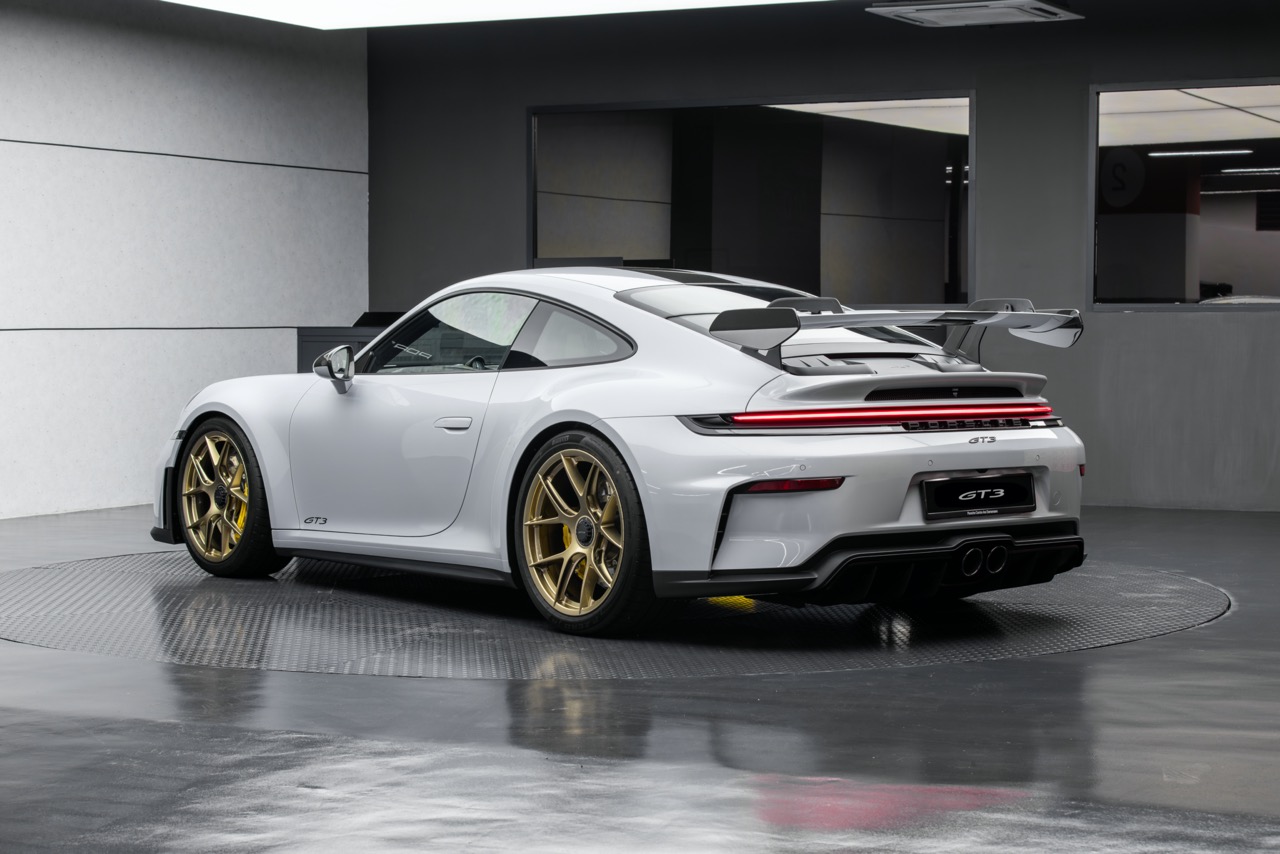
Acceleration to 100km/h takes 3.4 seconds with the 7-speed PDK gearbox, or 3.9 seconds with the 6-speed manual. Top speed is 311km/h with PDK, 313km/h with the manual.
The 911 GT3 has undergone significant aerodynamic refinements. At the front, a new diffuser, spoiler lip, and underbody fins improve downforce. Matrix LED headlights with integrated light functions allow for larger air intakes. The rear wing has angled sideplates, and the rear diffuser and lid have been reshaped.
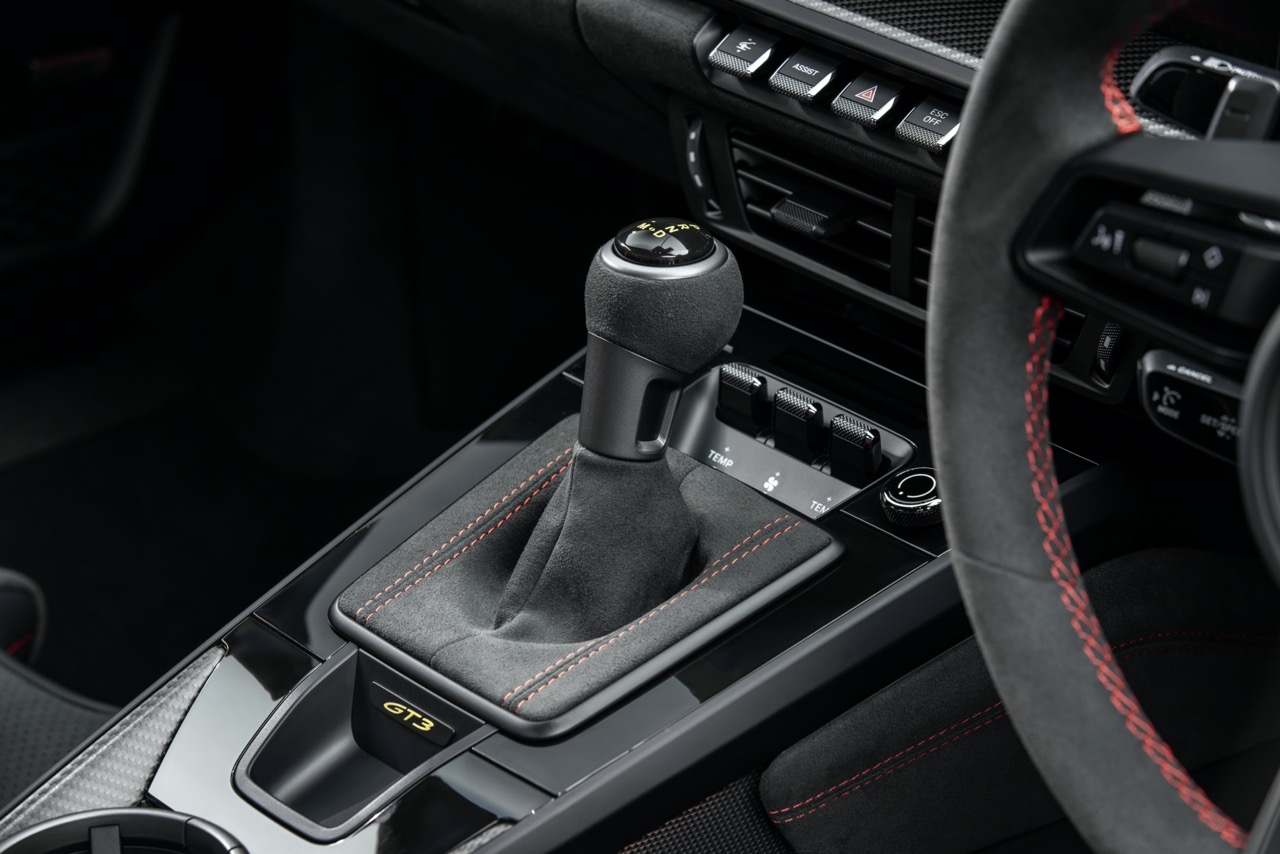
Porsche has carried over suspension technology from the GT3 RS, including double-wishbone front axles with teardrop trailing arms that generate downforce while cooling the brakes. An anti-dive system has been introduced to improve stability under hard braking.
The car comes with 20-inch front and 21-inch rear tyres as standard, with optional road-legal track tyres available. Lightweight design remains a priority: the base car weighs 1,420 kg, with weight savings achieved through aluminium wheels, a lithium-ion battery, and optional magnesium wheels in the Weissach or Leichtbau packages.
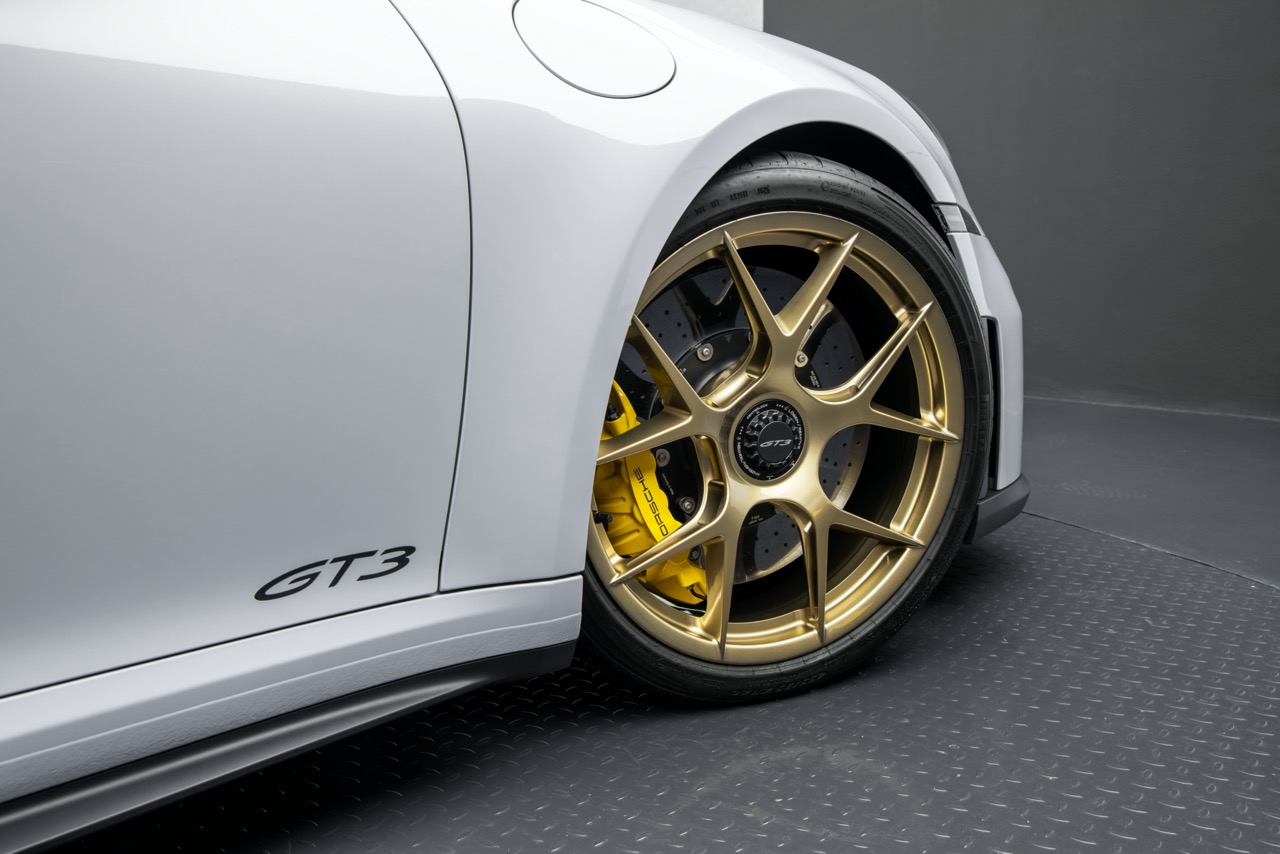
Two distinct versions are offered. The GT3 retains its fixed rear wing, while the GT3 with Touring package swaps it for a more understated extendable spoiler. The Touring model also gains a leather-trimmed interior and, for the first time, an optional rear seat system.
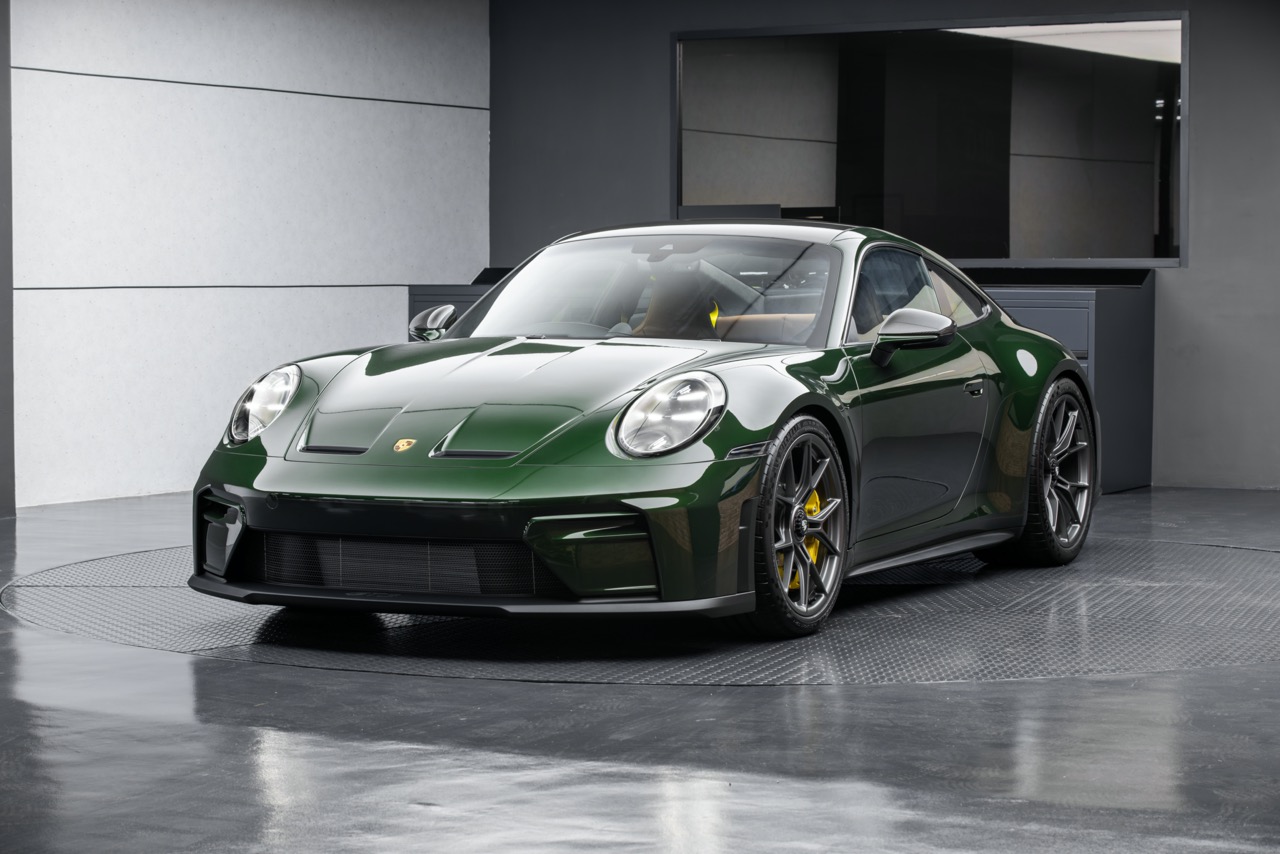
Both versions can be further customised with the Weissach package for track use, or the Lightweight package for the Touring, which includes CFRP components and magnesium wheels. The Clubsport package, with roll cage and harness, is offered at no extra cost for the winged GT3.
Inside, the GT3 adopts a two-seat layout with sports seats, though new lightweight CFRP bucket seats are available. The cockpit design is familiar from the 911 range but includes GT-specific details such as a rotary ignition switch, Track Screen display mode, and optional roll cage. For drivers planning frequent circuit use, Porsche has added details like removable headrest padding for helmet clearance.
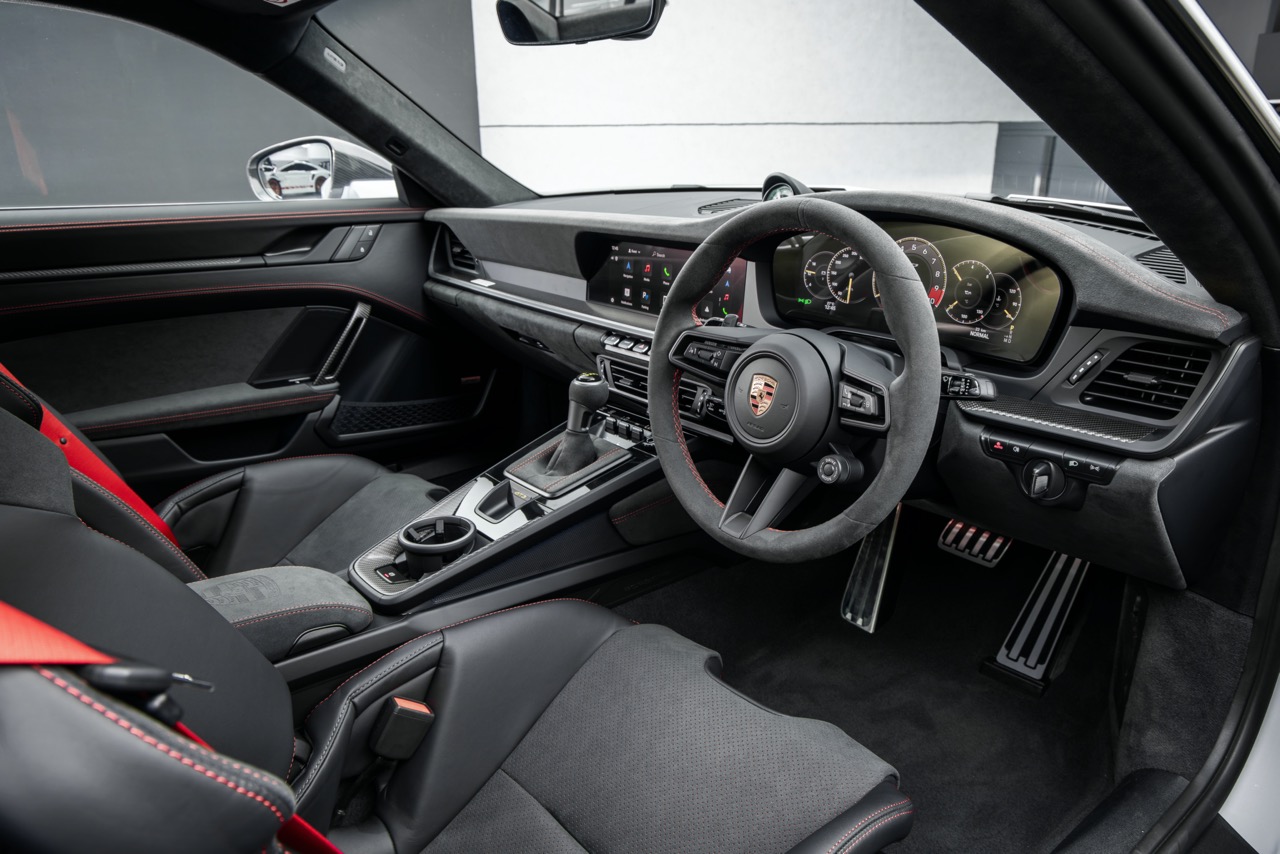
Porsche Design has also created GT3-specific chronographs available exclusively to owners. These watches feature titanium cases, flyback chronograph movements, and design cues drawn directly from the cars, including dials and rotors styled after GT3 instruments and wheels.
The Porsche 911 GT3 and GT3 with Touring package are now available in Malaysia, with prices starting at RM2,290,000.
Touring Package


